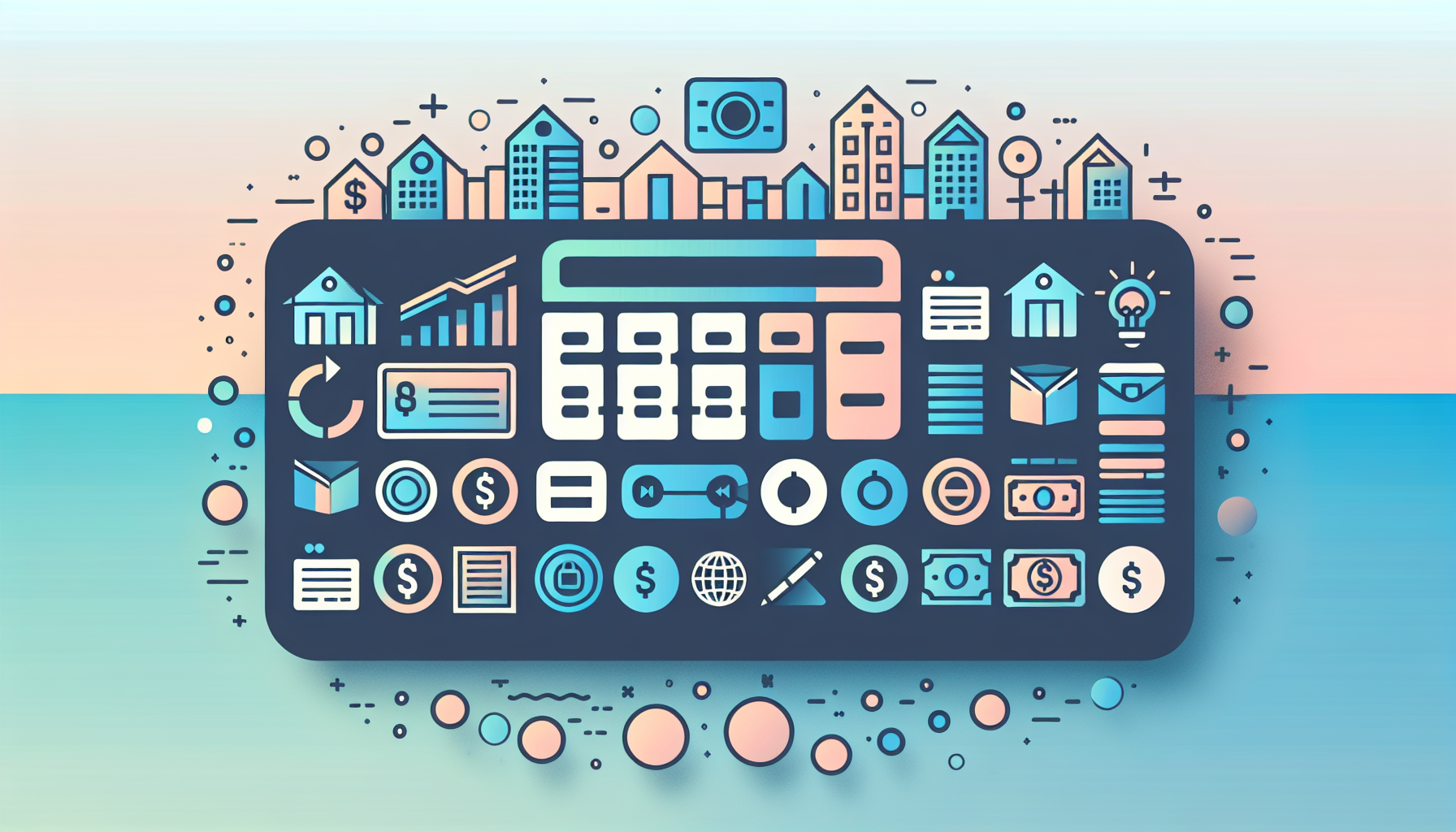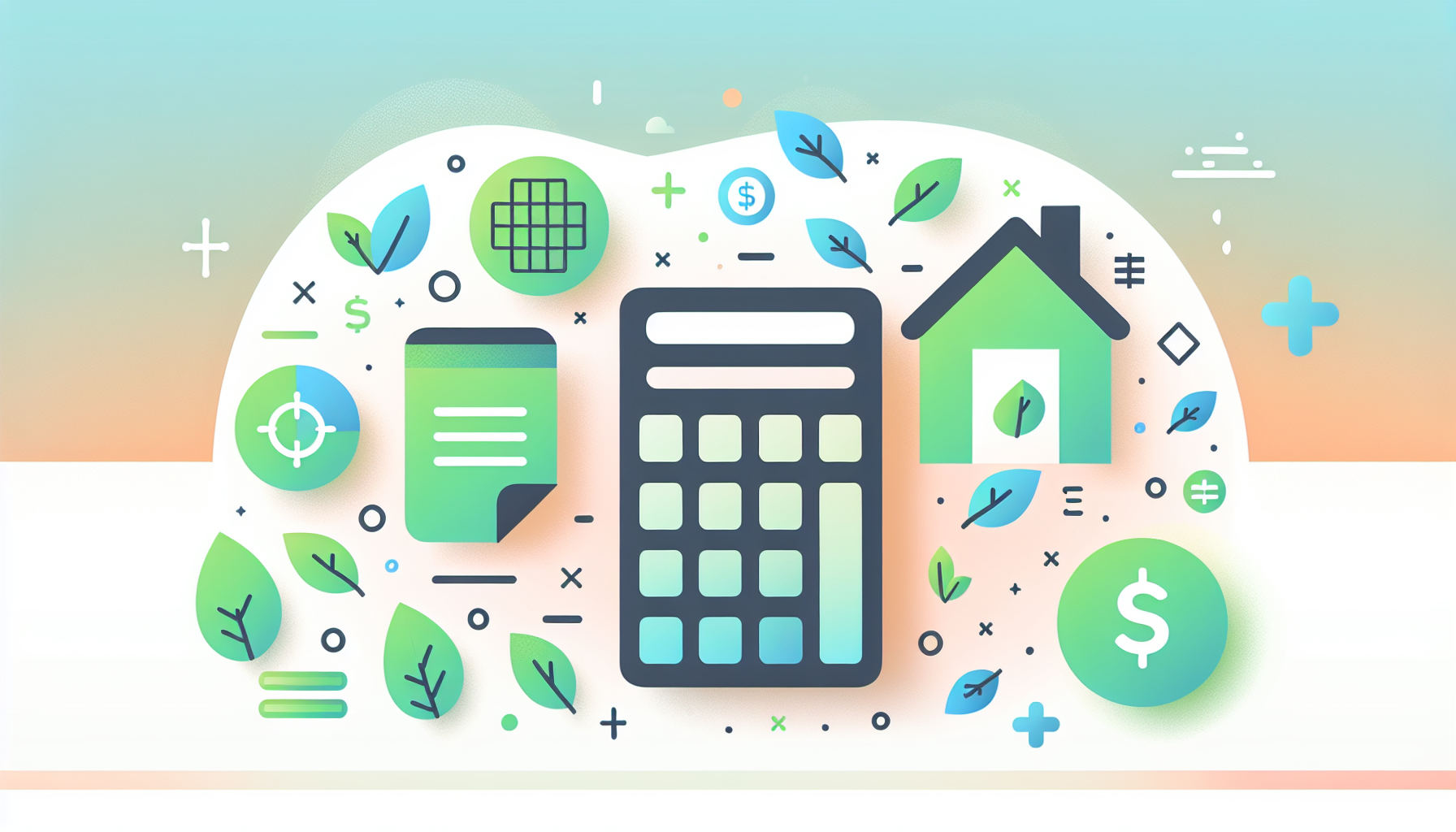Understanding Mortgage Forbearance for Natural Disasters

When natural disasters strike, they can leave homeowners with significant financial burdens, including damage to their properties and challenges in meeting mortgage payments. Understanding and utilizing disaster relief options can be crucial for recovery and maintaining ownership of one's home. This guide will explore the specifics of mortgage forbearance during natural disasters, FEMA declarations, and rebuilding loan programs available to affected homeowners.
Unlocking Disaster Relief Options
Disasters can have devastating impacts on homeowners, but there are various forms of relief available to help navigate these challenges. Key among these are mortgage forbearance programs, which temporarily reduce or suspend payments, and rebuilding loan programs from organizations like the Small Business Administration (SBA). For homeowners in federally declared disaster areas, these resources can be invaluable.
Mortgage Forbearance: A Lifeline During Disasters
Mortgage forbearance is a critical tool for homeowners facing financial hardships due to natural disasters. It allows for the temporary reduction or suspension of mortgage payments, providing essential breathing space during recovery. Forbearance programs typically last up to six months and can be extended for an additional six months, depending on the lender and specific circumstances. During this period, late fees are usually waived, but interest continues to accrue.
Homeowners can access forbearance by contacting their mortgage servicer. Major mortgage backers like Fannie Mae and Freddie Mac offer forbearance options for disaster-affected homeowners, often allowing payments to be suspended for up to 12 months. After forbearance ends, homeowners can explore repayment options such as lump sum payments, repayment plans, payment deferral, or mortgage modifications.
For example, if your home was affected by a hurricane and you're facing financial strain, reaching out to your mortgage servicer (whether it's a bank or an entity like Fannie Mae) is the first step towards accessing these relief measures. You can find detailed information and support resources on the Fannie Mae and Freddie Mac websites, including disaster relief options and counseling services.
Rebuilding and Recovery Options
Beyond forbearance, there are several rebuilding loan programs designed to help homeowners repair or replace their damaged properties. These programs often require registration with FEMA to verify that the home is located in a declared disaster area.
Small Business Administration (SBA) Loans
The Small Business Administration (SBA) offers disaster loans to homeowners and renters whose properties were damaged in a disaster. These loans can cover costs to repair or replace primary residences, with borrowing limits up to $500,000 for home repairs. Additionally, the SBA offers personal property loans up to $100,000 for items such as furniture and appliances.
To apply for an SBA disaster loan, homeowners must first register with FEMA to verify their eligibility. The SBA provides these loans at favorable interest rates, making them a valuable resource for disaster recovery.
Federal Housing Administration (FHA) Programs
The Federal Housing Administration (FHA) also offers support through its Section 203(h) program, which provides mortgage insurance for disaster survivors looking to rebuild or purchase a new home. One of the significant benefits of this program is that borrowers do not need to make a down payment.
For those interested in these programs, consulting with an FHA-approved lender can help determine eligibility and guide the application process.
Navigating FEMA Declarations
Federal Emergency Management Agency (FEMA) declarations are crucial for accessing many disaster relief programs. When a disaster is declared by the president, it opens up a range of federal assistance options, including FEMA funding and access to SBA loans. Homeowners in these areas can register with FEMA to determine their eligibility for these programs.
FEMA provides grants to cover expenses not covered by insurance or SBA loans, such as temporary housing and other disaster-related costs. The maximum grant amount varies, but currently, it can be up to $42,500 per household for disasters occurring on or after October 1, 2023.
Summary and Next Steps
Understanding the available disaster relief options and rebuilding loan programs can significantly ease the financial burden of recovering from a natural disaster. Homeowners should keep their mortgage servicer informed about their situation and explore all available relief measures, from forbearance to rebuilding loans. For more personalized guidance on navigating these complex systems, consider reaching out to professionals who can help you assess your options and create a recovery plan tailored to your needs.
If you're considering how to manage your mortgage payments during this time, tools like our WP Ultimate Loan & Mortgage Calculator can help you stay on top of your finances. For additional support or to explore more financial tools and resources, don't hesitate to contact us. We offer expertise in mortgage management and planning, which can be invaluable in managing the financial impacts of a disaster.











